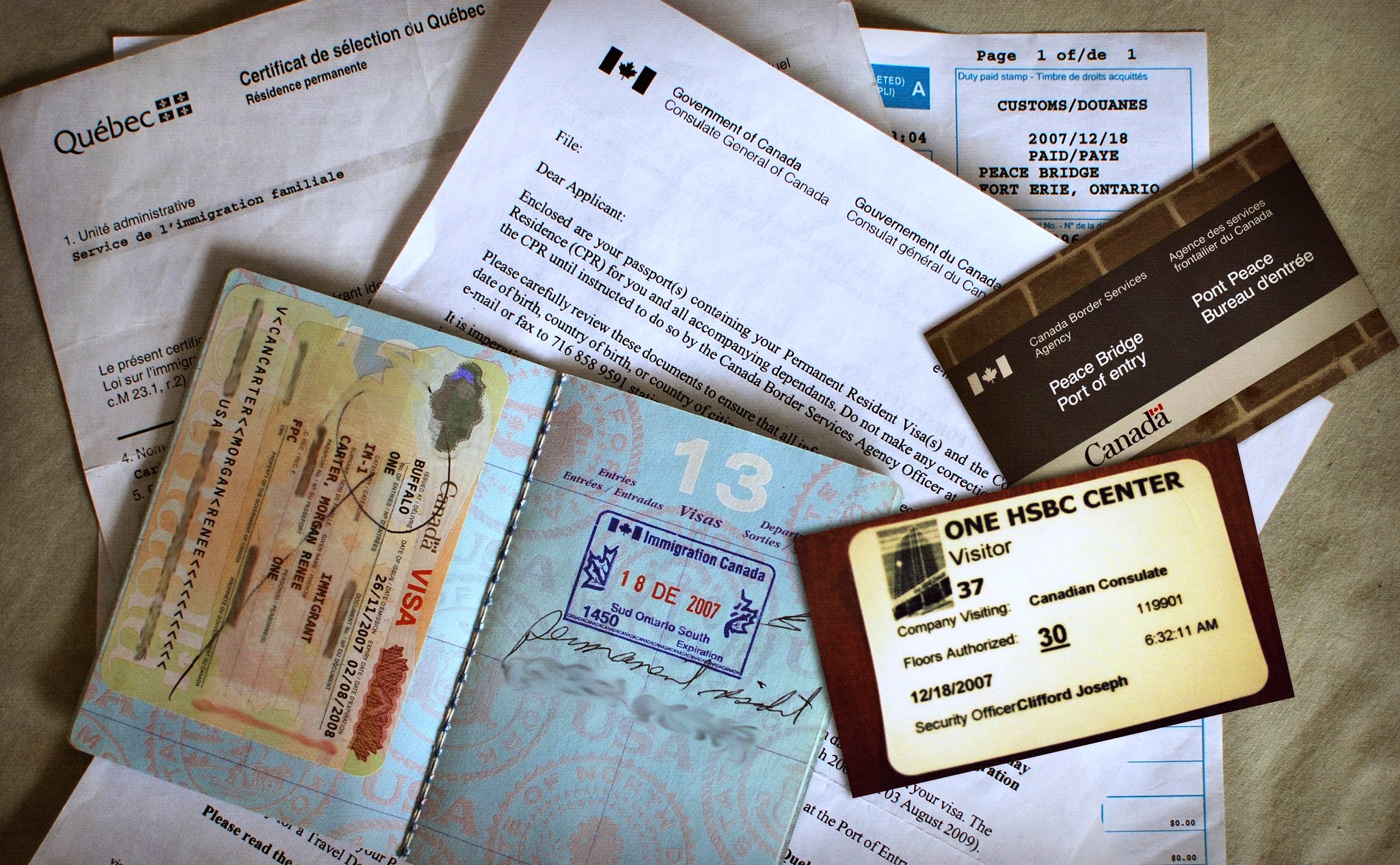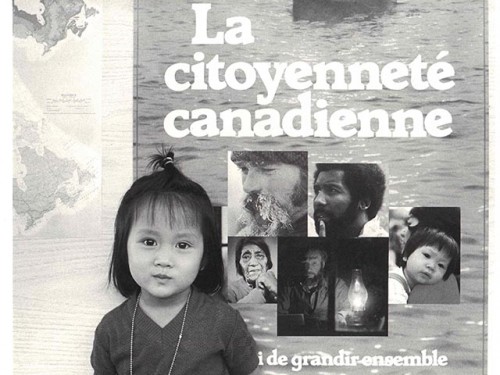Article
Illingworth Holey Kerr
His works can be seen in the Edmonton Art Gallery, the GLENBOW MUSEUM in Calgary, in the Lethbridge University Collection and in the Mendel Gallery, Saskatoon.

Enter your search term
Signing up enhances your TCE experience with the ability to save items to your personal reading list, and access the interactive map.
Create AccountArticle
His works can be seen in the Edmonton Art Gallery, the GLENBOW MUSEUM in Calgary, in the Lethbridge University Collection and in the Mendel Gallery, Saskatoon.
"https://d3d0lqu00lnqvz.cloudfront.net/media/media/47d8e3c3-069b-4361-9495-47382e7ef489.jpg" // resources/views/front/categories/view.blade.phphttps://d3d0lqu00lnqvz.cloudfront.net/media/media/47d8e3c3-069b-4361-9495-47382e7ef489.jpg

Article
Ilona Kombrink, soprano, teacher (born 9 November 1932 in St Louis, MO; died 9 August 2013 in Stoughton, WI). Ilona Kombrink studied at the Curtis Institute, and was also a pupil of Weldon Kilburn.
"https://www.thecanadianencyclopedia.ca/images/tce_placeholder.jpg?v=e9dca980c9bdb3aa11e832e7ea94f5d9" // resources/views/front/categories/view.blade.phphttps://www.thecanadianencyclopedia.ca/images/tce_placeholder.jpg?v=e9dca980c9bdb3aa11e832e7ea94f5d9

Article
Imant (Karlis) Raminsh, composer, conductor, violinist, teacher (b at Ventspils, Latvia 18 Sep 1943, naturalized Canadian 1954).
"https://www.thecanadianencyclopedia.ca/images/tce_placeholder.jpg?v=e9dca980c9bdb3aa11e832e7ea94f5d9" // resources/views/front/categories/view.blade.phphttps://www.thecanadianencyclopedia.ca/images/tce_placeholder.jpg?v=e9dca980c9bdb3aa11e832e7ea94f5d9

Article
Imant (Karlis) Raminsh. Composer, conductor, violinist, teacher, b Ventspils, Latvia, 18 Sep 1943, naturalized Canadian 1954; ARCT 1962, B MUS (Toronto) 1966.
"https://www.thecanadianencyclopedia.ca/images/tce_placeholder.jpg?v=e9dca980c9bdb3aa11e832e7ea94f5d9" // resources/views/front/categories/view.blade.phphttps://www.thecanadianencyclopedia.ca/images/tce_placeholder.jpg?v=e9dca980c9bdb3aa11e832e7ea94f5d9

Article
On 14 April 1826, an obscure police magistrate in London, England, Robert Chambers, told a committee of the British Parliament dealing with emigration: "I conceive that London has got too full of children." Chambers was alarmed at the number of youngsters, victims of east-end London's chronic poverty, who were begging in the streets and sleeping in the gutters. He had a recommendation which may well have been in the minds of others and which was to become reality several decades later in one of the most Draconian movements in the history of emigration. Chambers recommended that Britain's surplus children be sent to Canada as farm labour.
"https://d3d0lqu00lnqvz.cloudfront.net/media/media/3f5cab82-83b8-449c-a7f1-2bfff8549915.jpg" // resources/views/front/categories/view.blade.phphttps://d3d0lqu00lnqvz.cloudfront.net/media/media/3f5cab82-83b8-449c-a7f1-2bfff8549915.jpg

Article
Canada’s current and future prosperity depends on recruiting immigrants. Newcomers fill gaps in the Canadian workforce, build or start businesses and invest in the Canadian economy. Economic immigrants include employees as well as employers. They mostly become permanent residents when they immigrate to Canada. Not included in this class are the many temporary foreign workers who contribute to Canada’s economy. (See also Immigration to Canada.) Economic immigrants bring talent, innovation, family members and financial investments to Canada. They also enrich the country’s culture, heritage and opportunities. Technological progress, productivity and economic growth all benefit from these newcomers. Studies show that they have little to no negative impacts on wages for other workers in the country. According to the 2021 census, 1.3 million immigrants settled in Canada between 2016 and 2021. The census identifies 748, 120 of the total 1.3 million living in Canada economic immigrants.
"https://d3d0lqu00lnqvz.cloudfront.net/media/new_article_images/EconomicImmigration/permanent_residence.jpg" // resources/views/front/categories/view.blade.phphttps://d3d0lqu00lnqvz.cloudfront.net/media/new_article_images/EconomicImmigration/permanent_residence.jpg

Article
The movement of individuals of one country into another for the purpose of resettlement is central to Canadian history. The story of Canadian immigration is not one of orderly population growth; instead, it has been — and remains one — about economic development as well as Canadian attitudes and values. It has often been unashamedly economically self-serving and ethnically or racially discriminatory despite contributing to creating a multicultural society (see Immigration Policy in Canada; Refugees to Canada). Immigration has also contributed to dispossessing Indigenous peoples of their ancestral lands.
"https://d3d0lqu00lnqvz.cloudfront.net/media/media/f3255eef-1ce7-4d5e-a9b7-052f4e35aad9.jpg" // resources/views/front/categories/view.blade.phphttps://d3d0lqu00lnqvz.cloudfront.net/media/media/f3255eef-1ce7-4d5e-a9b7-052f4e35aad9.jpg

Article
Immigration detention falls under the framework of administrative law — the person being detained has not committed a crime under Canada's Criminal Code, but is being detained for immigration reasons.
"https://d3d0lqu00lnqvz.cloudfront.net/media/media/cf0df282-ef35-4d21-bc52-5850c1ae6052.jpg" // resources/views/front/categories/view.blade.phphttps://d3d0lqu00lnqvz.cloudfront.net/media/media/cf0df282-ef35-4d21-bc52-5850c1ae6052.jpg

Article
Immigration policy is the way the government controls via laws and regulations who gets to come and settle in Canada. Since Confederation, immigration policy has been tailored to grow the population, settle the land, and provide labour and financial capital for the economy. Immigration policy also tends to reflect the racial attitudes or national security concerns of the time which has also led to discriminatory restrictions on certain migrant groups. (See also Canadian Refugee Policy.)
"https://d3d0lqu00lnqvz.cloudfront.net/media/media/81825b51-3f5c-4e72-bede-2c04ad6326b1.jpg" // resources/views/front/categories/view.blade.phphttps://d3d0lqu00lnqvz.cloudfront.net/media/media/81825b51-3f5c-4e72-bede-2c04ad6326b1.jpg

Macleans
IT'S NOT THE kind of crowd given to chants, placards, or burning brands. Greying, neatly pressed, well-mannered, they line up patiently at the open microphone.
"https://www.thecanadianencyclopedia.ca/images/tce_placeholder.jpg?v=e9dca980c9bdb3aa11e832e7ea94f5d9" // resources/views/front/categories/view.blade.phphttps://www.thecanadianencyclopedia.ca/images/tce_placeholder.jpg?v=e9dca980c9bdb3aa11e832e7ea94f5d9

Interview
On 30 November 2015, Catriona Le May Doan spoke to Jeremy Freeborn for The Canadian Encyclopedia.
"https://d3d0lqu00lnqvz.cloudfront.net/media/media/e4e64b18-8dd0-4db2-b6d4-2321a5ebc809.jpg" // resources/views/front/categories/view.blade.phphttps://d3d0lqu00lnqvz.cloudfront.net/media/media/e4e64b18-8dd0-4db2-b6d4-2321a5ebc809.jpg

Interview
On 6 October 2014, author Jeremy Freeborn interviewed Clara Hughes for The Canadian Encyclopedia. A six-time Olympic medalist in cycling and speed skating, Hughes cycled across Canada in 2014 to raise awareness of mental health issues.
"https://d3d0lqu00lnqvz.cloudfront.net/media/media/41c1f983-8c1b-4e4a-8197-61041a3c57c1.jpg" // resources/views/front/categories/view.blade.phphttps://d3d0lqu00lnqvz.cloudfront.net/media/media/41c1f983-8c1b-4e4a-8197-61041a3c57c1.jpg

Interview
On 22 June 2015, Danielle Goyette spoke to Jeremy Freeborn at her office at the University of Calgary, where she is the head coach of the University of Calgary Dinos women’s hockey team.
"https://www.thecanadianencyclopedia.ca/images/tce_placeholder.jpg?v=e9dca980c9bdb3aa11e832e7ea94f5d9" // resources/views/front/categories/view.blade.phphttps://www.thecanadianencyclopedia.ca/images/tce_placeholder.jpg?v=e9dca980c9bdb3aa11e832e7ea94f5d9

Interview
On 9 September 2014, author Jeremy Freeborn interviewed two-time World Cup Finals champion and Olympic silver medalist Ian Millar.
"https://www.thecanadianencyclopedia.ca/images/tce_placeholder.jpg?v=e9dca980c9bdb3aa11e832e7ea94f5d9" // resources/views/front/categories/view.blade.phphttps://www.thecanadianencyclopedia.ca/images/tce_placeholder.jpg?v=e9dca980c9bdb3aa11e832e7ea94f5d9

Interview
Kay MacBeth (née MacRitchie) was the last player to join the Edmonton Grads, a women’s basketball team James Naismith, inventor of the game, considered “the finest basketball team that ever stepped out on a floor.” At 95 years old, MacBeth is also the last surviving Grad, a club that played from 1915 to 1940. In those 25 years, the Grads accumulated a record that is quite possibly beyond parallel. Over the course of some 400 official outings, the Grads lost only 20 games. The Grads were both national and world champions who often defeated their opponents by lopsided scores. MacBeth played for the Grads in 1939–40. This interview has been edited for length and clarity.
"https://d3d0lqu00lnqvz.cloudfront.net/media/media/a7fe8100-0ef9-4d26-b4e4-dbd99738377c.JPG" // resources/views/front/categories/view.blade.phphttps://d3d0lqu00lnqvz.cloudfront.net/media/media/a7fe8100-0ef9-4d26-b4e4-dbd99738377c.JPG
